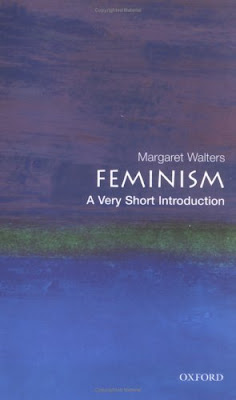
"Amazons and Military Maids: Women who dressed as men in pursuit of life, liberty and happiness" by Julie Wheelwright
Here are some excerpts I've taken from a really interesting book I read about women who masqueraded as men during wartimes.
“The duality of being a female soldier… The social value of militarism, changing concepts of sex roles, women’s material circumstances, the importance of nationalism and patriotic sentiments are all crucial variables in these stories. The nature of warfare, military organisation and its relations to the general society have undergone significant changes over the period of this study. These factors also play a part in the story. War allows men to assume their role as patriarchs; to become the defenders of the nation, the protectors of ‘their’ metaphorical and actual women and children. It confers a homogeneity upon their aims, pursuits, identities and rewards them with a short-lived glory. During times of war, sexual difference becomes heightened even as the sexual divisions of labour become blurred. But it is only relatively recently that gender has assumed such a prominent role during times of war.”
“… anthropologists and historians have argued that these stories [e.g. legendary Amazons] of gender reversal also perform an important function within their given social context. Sexual inversion as a widespread form of cultural play in literature, in art, and in festivity has served to disrupt and ultimately to clarify often fluid or evolving concepts of sexual difference.”
“The thread that pulls these stories together is women’s desire for male privilege and a longing for escape from domestic confines and powerlessness. Many vividly describe a lifelong yearing for liberation from the constraints they chafed against as women. They were unconventional women who spent their lives rebelling against their assigned roll before they pursued a male career. Most could only conceive of themselves as active and powerful in male disguise… Today dress has lost its potency as an indicator of gender and social status but the rewards of ‘male’ imitation remain. The business woman’s suit which mimics its masculine counterpart is one contemporary example.”
“What we share with the warrior heroine is a recognition that the social construction of our sexual difference is still an enormously important determining factor in our lives. The barriers to equality between the sexes have yet to be eliminated and our struggle for what is still deemed male power is far from over. The Amazons, while uneasy heroines, can lay claim to be our feminist predecessors, by virtue of their battle against those powerful ideas that still maintain territories marked outside women’s reach. They also dramatically illustrate how, with courage and imagination, women have always found ways of overcoming even the most seemingly impossible restrictions.”
Wheelwright, J. (1989). Amazons and Military Maids: Women who dressed as men in pursuit of life, liberty and happiness. London: Pandora Press.







